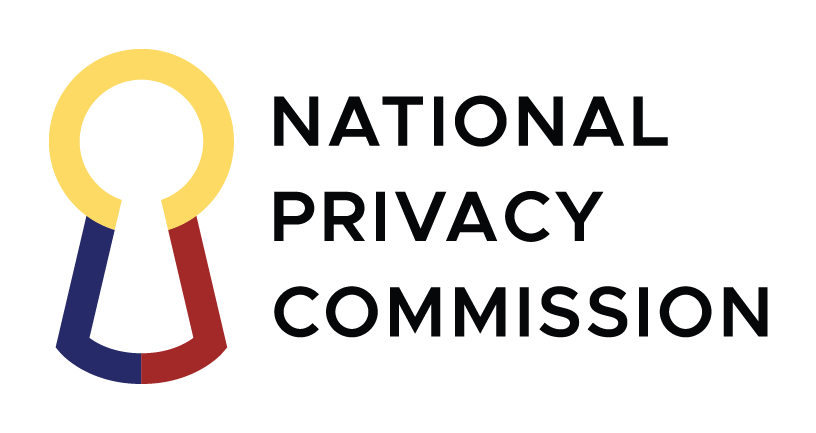The history of the Philippine diplomatic mission in Moscow can be divided into two distinct periods: relations with the Soviet Union from 1976 to 1991, and relations with the Russian Federation and the Soviet successor states from 1992 up to the present.
The two countries did not have diplomatic relations prior to 1976, even during the Philippines’ brief period of independence from 1898 to 1902. When the Philippines regained its independence from the United States in 1946, it allied itself firmly with the pro-US camp. It was only during the period of rapprochement between the East and West in the 1970s that the Philippines considered having relations with communist countries, primarily with the Soviet Union and the People’s Republic of China.
With the collapse of the Soviet Union in December 1991, the Philippines extended recognition to the newly independent states that emerged from it. In quick succession, the Philippines established diplomatic relations with the three Baltic States on the following dates in 1991: with Lithuania on the 15th of December; with Latvia on the 17th of December; and with Estonia on the 19th of December.
The Philippines recognized the Russian Federation on 28 December 1991, with the understanding that the newly formed state would undertake all the treaty obligations of the Soviet Union.
Recognition and diplomatic relations were extended to the 11 other ex-Soviet republics in the following year. With the exception of the Baltic States and Moldova, over which jurisdiction was shortly transferred to Stockholm and Bucharest, the rest of what would become the Commonwealth of Independent States (CIS) was overseen by the Philippine Embassy in Moscow.
Relations with the Soviet Union
The two countries agreed to formally establish diplomatic relations during the state visit to the USSR of President and Mrs. Ferdinand E. Marcos from 31 May to 7 June 1976. On 2 June 1976, the Joint Communique; on the Establishment of Diplomatic Relations Between the Philippines and the Union of Soviet Socialist Republics was signed by President Marcos and Mr. Nikolay V. Podgorny, then President of the Presidium of the USSR Supreme Soviet. Notes signed and exchanged on the same day limited the number of diplomatic officials and employees of the Embassy and Trade Mission of the Republic of the Philippines in Moscow, and that of the Embassy and Trade Mission of the USSR in Manila.
Establishment of the Embassy
The first Chancery of the Embassy of the Philippines was established at the Gostinitsa Ukraina (Hotel Ukraine) in the then Soviet Union on the first week of August 1977. H.E. Juan A. Ona, who was sent by the Department of Foreign Affairs to open the Philippine mission as minister counselor, gives the following account:
It was at 7 am, 2 August 1977 that I arrived at Moscow Sheremetyevo Airport on board an Aeroflot flight from Tehran and immediately established the Philippine Embassy to the Soviet Union.
Meeting me at planeside were Chief of the Philippine Section of the 2nd Far East Department of the Soviet Foreign Ministry Nikolay F. Buligin and officers of the Protocol Office and of the Diplomatic Corps Service Bureau (UPDK).
A few days later Administrative Officer Vicente V. Vibar and Finance Officer Vivencio B. Baldoza joined Mr. Ona, who would be the new mission’s Chargé d’Affaires for almost two months. H.E. Luis Moreno-Salcedo arrived in Moscow on 30 September 1977 and presented his credentials as first Philippine Ambassador to the Soviet Union to Mr. Vasili Kuznetsov, First Vice-President of the Presidium of the Supreme Soviet of the USSR, on 17 October 1977. (At the time, Ambassador Moreno-Salcedo was also concurrently accredited to Finland on non-resident capacity.)
The Chancery’s first address in Moscow was Room 786, Hotel Ukraine, Kutuzovsky Prospekt 2/1. By late 1978, Soviet authorities granted the Philippine Embassy the use of the current premises, a white L-shaped Khrushchev-era block building formerly used as the South Vietnamese mission and located less than five minutes walk from the Foreign Ministry, for its chancery and official residence.

